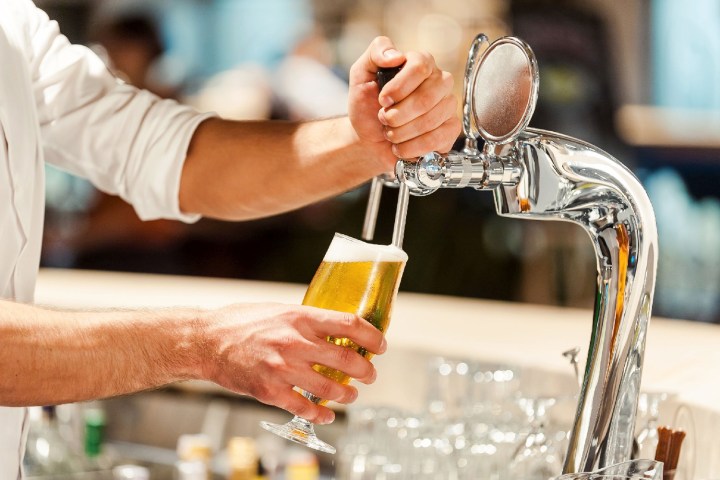
The research is published in the latest issue of the journal Nature, with the sober-sounding title, “A chromosome conformation capture ordered sequence of the barley genome.” It lays out the work of the International Barley Genome Sequencing Consortium (yes, that’s a real thing!), which involved scientists from Germany, Australia, China, Czech Republic, Denmark, Finland, Sweden, Switzerland, United Kingdom and the good old United States. All were brought together by a desire to find out more about one of the central components of alcoholic drinks, dating back to the Stone Age.
As it turns out, mapping the barley genome is actually immensely complicated. It’s close to twice the size of the human genome, and a whopping 80 percent is made up of highly repetitive sequences, which can’t easily be assigned to specific portions of the genome with the kind of accuracy that’s needed.
With the insights the team has come up with, however, the hope is now that it will be possible to help breeders optimize genetic diversity in their crops to improve the quality of the barley that’s grown.
Hey, between this and initiatives like the University of California, San Diego’s mission to brew beer in space, or the use of AI to brew the perfect pint, we couldn’t be more excited to witness the world’s sharpest minds focusing their attention on alcoholic beverages.
(For the record, we should also point out that we were just using dramatic license by describing the Human Genome Project as anything other than awesome at the top of this story. We just really, really like our beer. Everything else is just pale ale in comparison!)


